How to Choose Sustainable Packaging Materials for Your Business Needs
In today's environmentally conscious marketplace, the demand for sustainable packaging materials is at an all-time high. According to a recent report by Smithers Pira, the global market for sustainable packaging is projected to reach $500 billion by 2026, reflecting an annual growth rate of 6.7%. This shift is driven by increasing consumer awareness around environmental issues and the growing regulatory pressures on businesses to adopt greener practices.
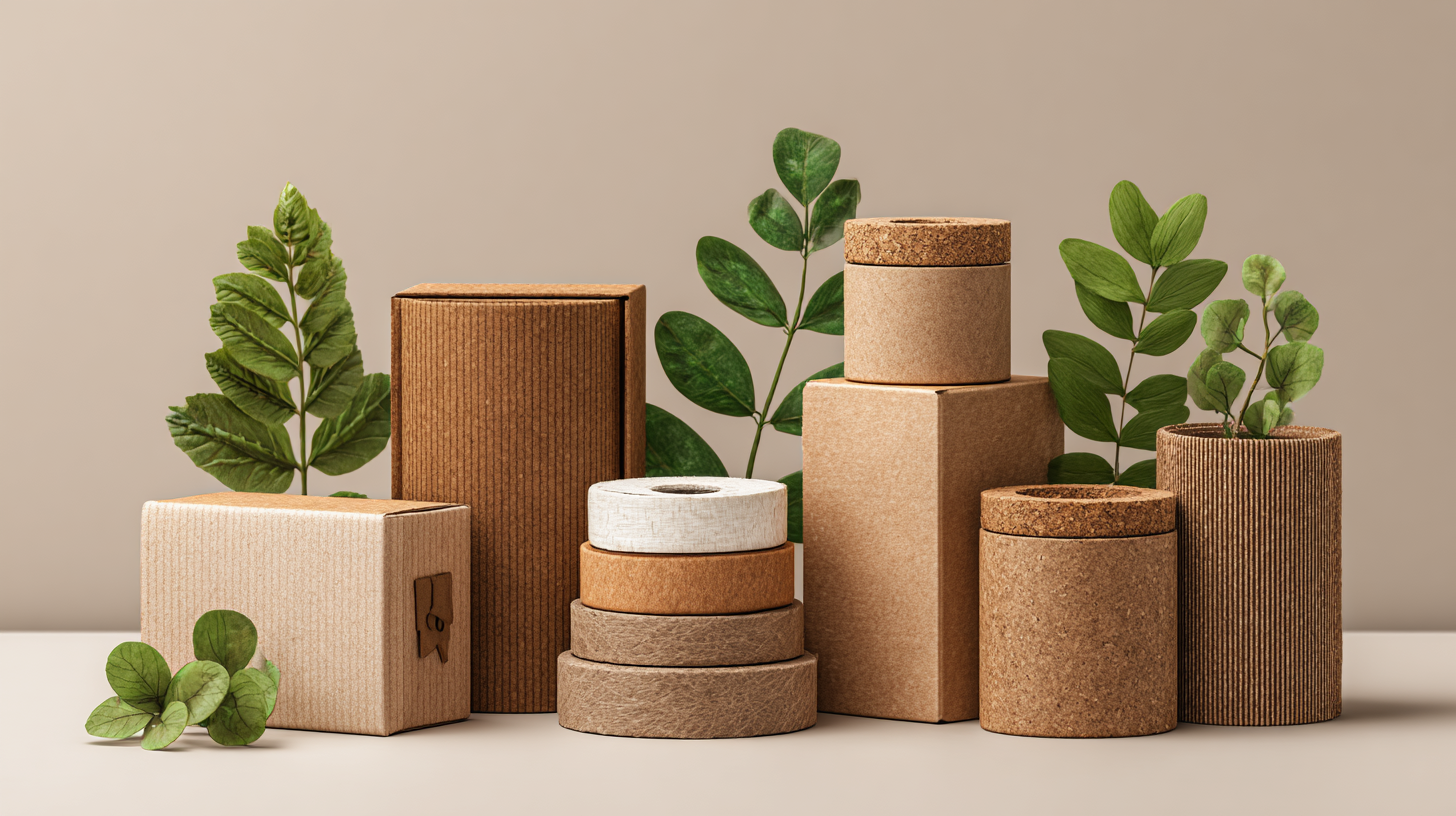
As companies seek to enhance their brand image and meet customer expectations, choosing the right sustainable packaging materials becomes crucial. Sustainable packaging not only minimizes environmental impact but also contributes to cost savings and improved operational efficiency.
In this blog, we will explore how businesses can successfully navigate the myriad options available, ensuring they select packaging materials that align with their sustainability goals and enhance their overall brand value.
Sustainable Packaging: Key Industry Statistics Driving Business Decisions
In recent years, sustainable packaging has emerged as a vital consideration for businesses, driven by a shift in consumer behavior and environmental awareness. Current industry statistics highlight that 75% of consumers are more likely to purchase from brands that use sustainable packaging. This statistic underscores the growing demand for brands to reevaluate their packaging choices not only to meet regulatory standards but also to align with the eco-conscious preferences of their customer base.
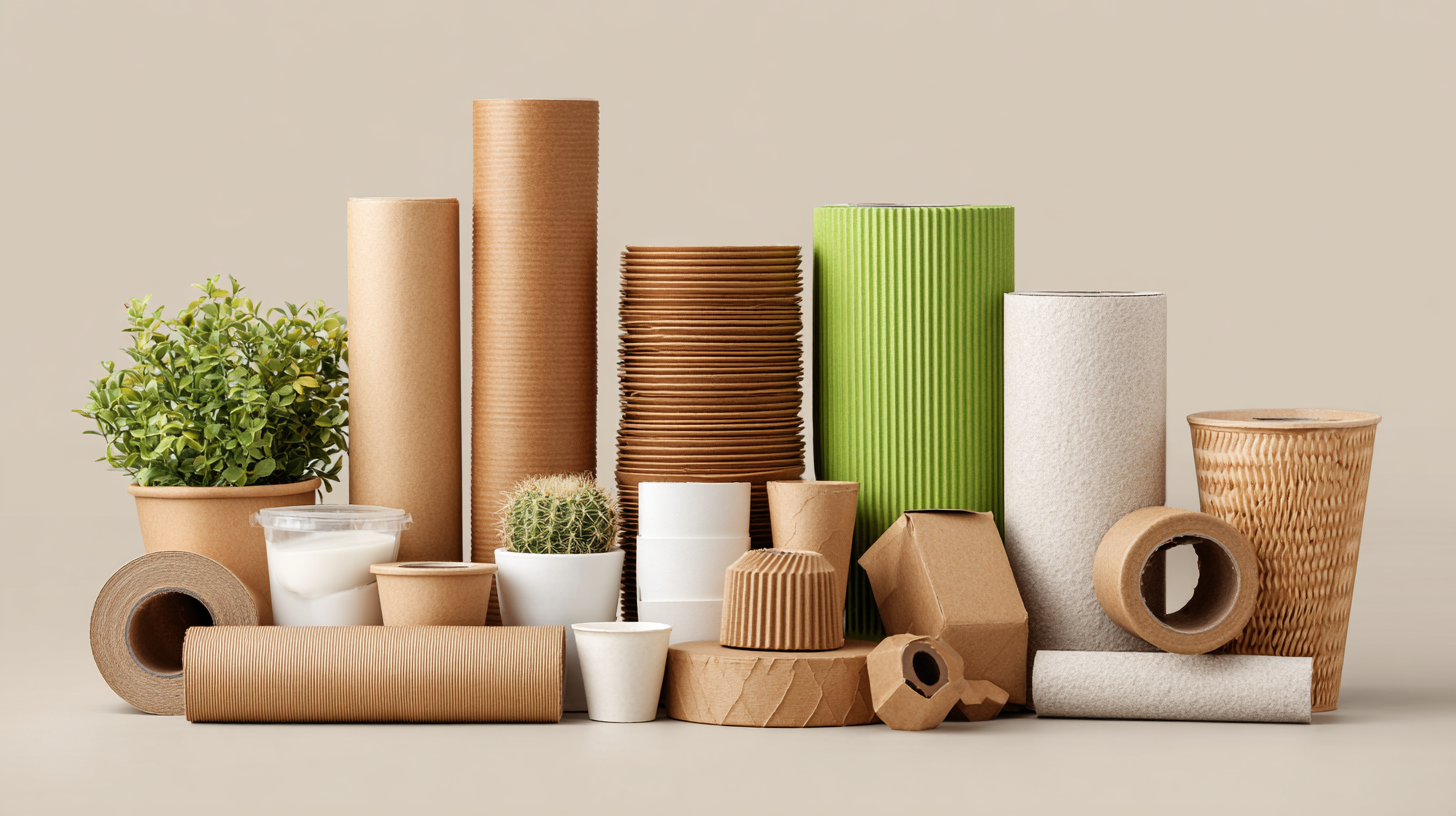
Moreover, the financial implications of sustainable packaging are equally compelling. Research indicates that brands investing in sustainable solutions can see a potential increase in market share, with businesses viewing responsible packaging as a competitive advantage. Approximately 60% of consumers are willing to pay more for products that come in sustainable packaging, indicating that sustainability can directly influence purchasing decisions. As businesses navigate the complexities of packaging materials, understanding these statistics can guide them in making informed choices that resonate with their audience while promoting environmental stewardship.
Types of Sustainable Packaging Materials: Benefits and Environmental Impact
When it comes to choosing sustainable packaging materials, understanding the various types and their benefits is crucial for businesses aiming to reduce their environmental impact. Biodegradable plastics, for instance, can decompose within a few months under the right conditions, significantly lessening landfill burdens. A report by the Ellen MacArthur Foundation indicates that plastic packaging accounts for more than 40% of the plastic waste in our oceans, highlighting the urgent need for sustainable alternatives.
Another popular option is recycled materials, such as cardboard and paper, which require less energy to produce compared to virgin materials. According to a study from the Recycling Partnership, using recycled materials could save nearly 1.17 tons of CO2 emissions for every ton of cardboard produced. Moreover, using such materials not only conserves resources but also appeals to eco-conscious consumers, enhancing brand loyalty.
**Tip:** When selecting packaging, consider life-cycle assessments to evaluate the environmental impact from production to disposal.
**Tip:** Collaborating with suppliers who prioritize sustainability in their operations can ensure a consistent approach to eco-friendly practices. Emphasizing compostable materials, like those made from plant-based fibers, can also enhance your brand's commitment to sustainability.
Types of Sustainable Packaging Materials: Benefits and Environmental Impact
How to Evaluate Lifecycle Assessment for Packaging Materials
Evaluating the lifecycle assessment (LCA) of packaging materials is crucial for businesses aiming to adopt sustainable practices. LCA analyzes the environmental impacts associated with all stages of a product's life, from raw material extraction to manufacturing, distribution, use, and disposal. According to a report from the Sustainable Packaging Coalition, packaging accounts for nearly 30% of total waste in landfills, emphasizing the need for companies to consider the full life cycle of their materials. By performing a comprehensive LCA, businesses can identify critical areas for improvement and choose materials that minimize their ecological footprint.
When selecting sustainable packaging, it is essential to compare the environmental impacts of different materials. For instance, a study by the World Packaging Organisation found that biodegradable packaging can reduce greenhouse gas emissions by up to 60% compared to traditional plastic, but not all biodegradable options decompose effectively in landfills. Furthermore, paper-based packaging has the potential to mitigate waste, as 70% of it can be recycled effectively. However, companies must also assess the sourcing of raw materials, energy consumption during production, and end-of-life disposal options to make informed decisions. By leveraging LCA data, businesses can strike a balance between functionality and sustainability, leading to smarter packaging choices that align with their environmental goals.
Cost Implications of Switching to Sustainable Packaging Options
In today’s environmentally conscious market, businesses are increasingly considering the cost implications of switching to sustainable packaging options. A report by McKinsey highlights that sustainable materials can reduce packaging costs by approximately 10% over time, despite the initial higher price point associated with eco-friendly alternatives. This trend is not just about the immediate expenses; companies that invest in sustainable packaging often see enhanced brand loyalty and long-term savings through reduced waste disposal fees and potential government incentives.
Furthermore, research conducted by the Nielsen Group indicates that 73% of millennials are willing to pay more for products that utilize sustainable packaging. As consumer demand rises, companies must navigate the balance between upfront investment and future returns. For instance, while bioplastics might come with a 20-30% higher initial cost compared to traditional plastics, their biodegradable properties can dramatically decrease landfill fees and contribute to a positive corporate image. Integrating sustainable packaging isn’t merely a financial shift; it represents a strategic move towards aligning with changing consumer values and regulatory pressures, ultimately benefiting the business in both the short and long term.
Consumer Preferences: Data on Sustainable Packaging and Brand Loyalty
In today’s eco-conscious market, consumer preferences are heavily influenced by sustainable packaging choices. Data indicates that brands utilizing environmentally friendly materials not only attract additional customers but also foster stronger brand loyalty. A significant number of consumers are willing to pay more for products that are packaged sustainably, showcasing the growing importance of eco-friendly practices in maintaining a competitive edge.
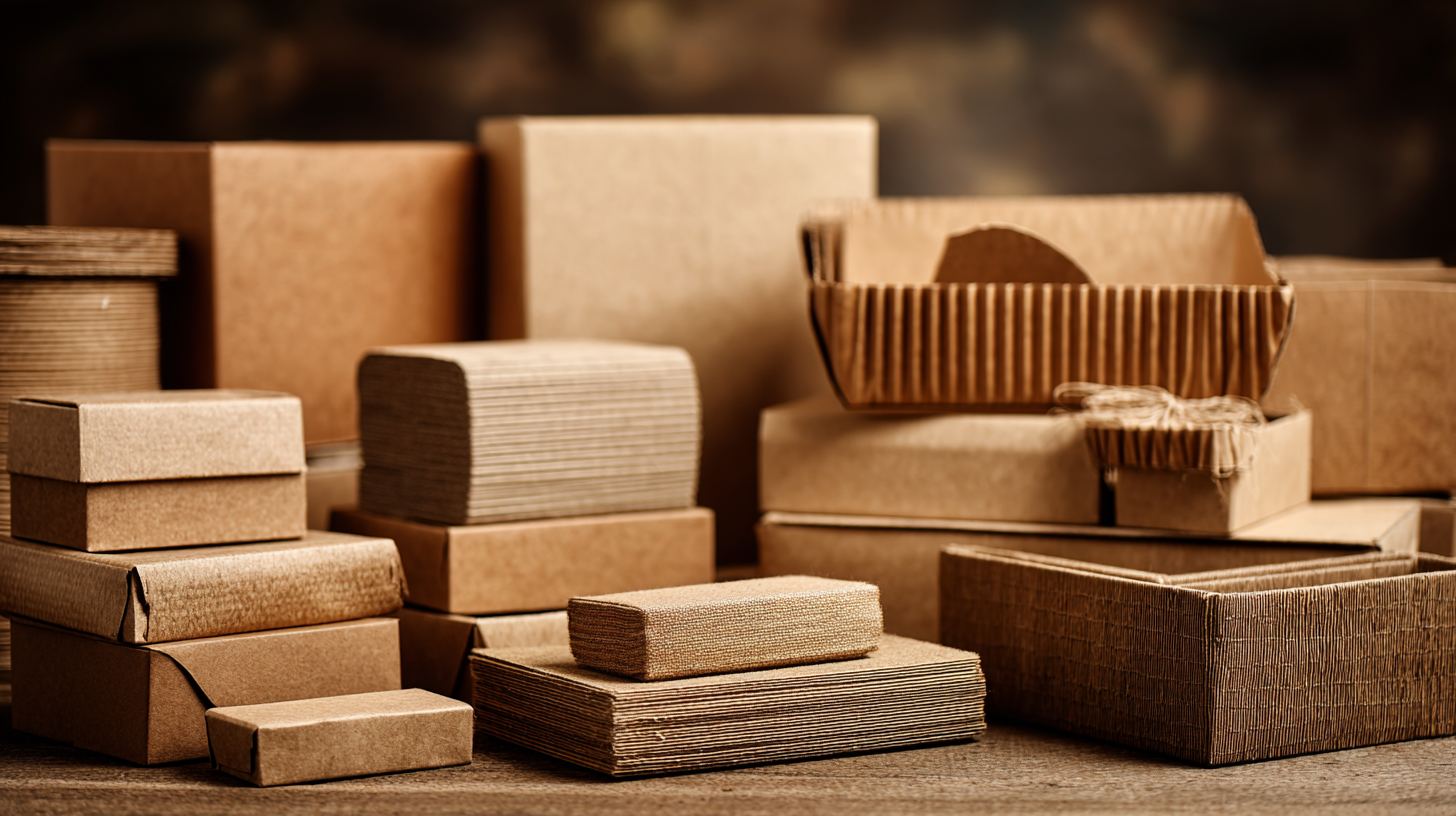
When choosing sustainable packaging materials, consider using biodegradable or compostable options that align with your brand values. This approach not only meets consumer expectations but can also enhance your brand reputation. Another tip is to engage with your audience through transparency about your packaging choices. Sharing your sustainable journey and the materials you use can create a deeper emotional connection with your customers, keeping them loyal to your brand.
Additionally, think about incorporating minimalistic designs that reduce material usage without compromising aesthetic appeal. This not only showcases your commitment to sustainability but also resonates well with consumers who appreciate brands that prioritize efficiency and ecological responsibility. By making informed choices about sustainable packaging, businesses can cultivate lasting relationships with environmentally conscious consumers.
Related Posts
-
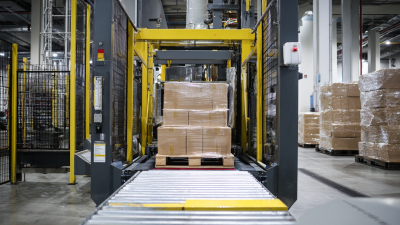
Exploring Innovative Examples of Pallet Shrink Wrap Machines in Modern Warehousing
-
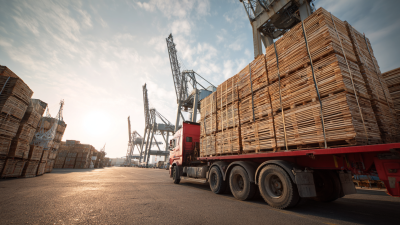
7 Essential Tips for Choosing the Best Bulk Shipping Supplies Worldwide
-
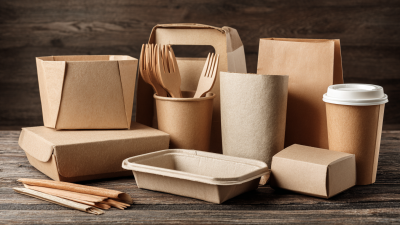
7 Innovative Benefits of Biodegradable Packaging You Didn't Know About
-
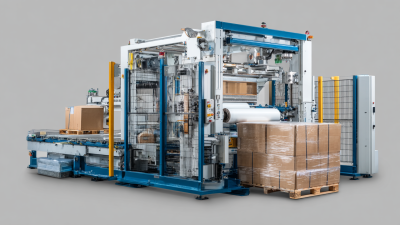
Unlocking Efficiency and Savings with Pallet Wrap Machines Advantages for Your Business
-
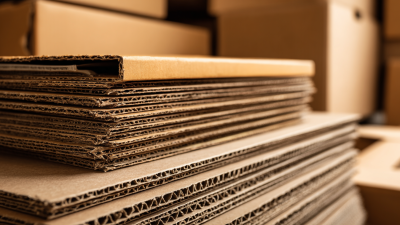
Navigating International Standards: How Best Cardboard Packaging Meets Global Import Certification Requirements
-

Innovative Examples of How Packaging Machines Transform Production Efficiency
